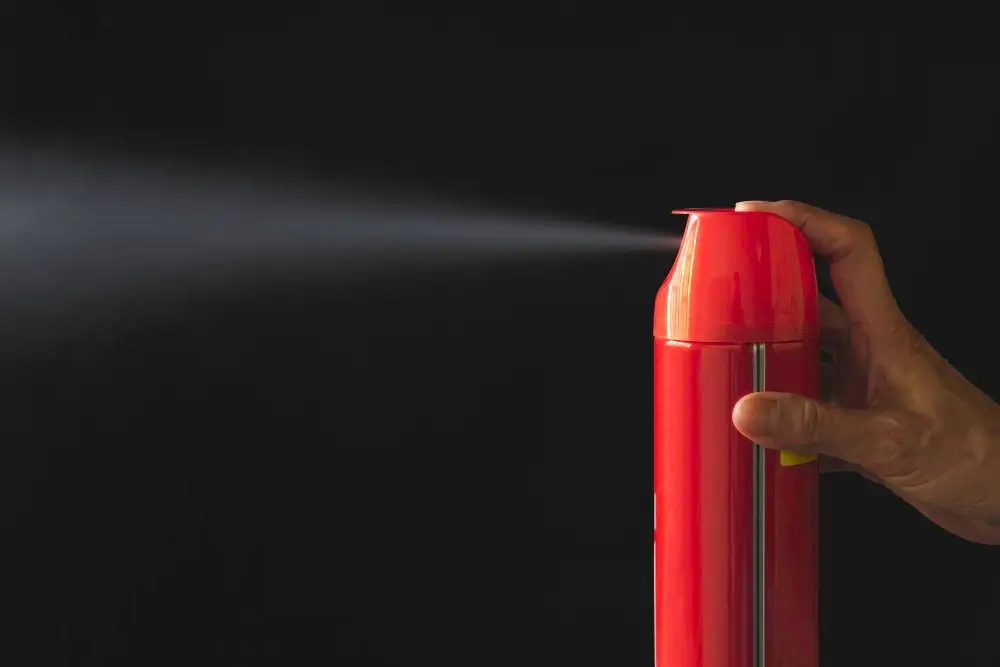
August 24, 2025

Taking care of a garden not only increases the value of the house but also is a really interesting and enjoyable hobby. But nothing is more annoying than seeing animals destroying it. Rabbits nibble lettuce. Raccoons rummage through trash. They can wreck gardens and homes.
To prevent this, many gardeners use animal repellents. They use them to deter creatures from their gardens and homes. These repellents function by releasing tastes or smells. They are unpleasant to animals, so they stay away from the treated area.
Growcycle products are safe for both people and the environment, which is one of their key advantages. This makes them a popular choice among people who care about the environment. They want to protect their gardens without harming animals or their surroundings.
Animal repellents are products used to prevent animals from entering particular places. They can be natural or chemical solutions. They make gardens and homes less attractive to animals.
This repellent is safe for the environment. It is also easy to operate and requires minimal maintenance. It comes in convenient spray bottles or granular forms, making it easy to apply regularly.
Animal repellents are used in gardens. They are also used near homes. They prevent animals from entering attics, basements, and other areas. There is a risk of damage from animals. These repellents create a barrier around the home. They keep out unwanted visitors while letting them roam freely in their natural habitat.
Gardeners use animal repellents for a variety of reasons, including:
Repellents protect plants by stopping pests and animals from eating or damaging them. A nice garden requires lots of work and resources, and animal attacks can ruin it quickly.
Certain animals and pests may carry diseases that are dangerous to people and pets. Keeping them out of the garden and home cuts the risk, and owners can avoid catching these diseases.
Some animals, for example, snakes, are dangerous when they invade the garden or the house. These repellents assist in discouraging these animals from approaching and thus help to minimize the risks to people.
Animal repellents work by targeting the animals' senses, such as smell, taste, and hearing. Some repellents have a bad smell or taste, and some produce noises that are exclusively audible to animals. These sounds make animals avoid the area.
Recognizing when to use animal repellents can save time and frustration. A few signs that it's time to take action are as follows:
One of the most apparent signs is damaged plants. If homeowners or gardeners notice chewed leaves, missing fruits, or uprooted vegetables, they should use repellents.
Animals such as raccoons and opossums often rummage through garbage bins. If a user frequently finds that their trash is scattered, using repellents can help keep these critters away.
Finding droppings around the garden or home clearly indicates animal activity. Different animals leave different droppings, and identifying them can help users choose the right repellent.
Several types of animal repellents are available in the market, each targeting specific pests or animals. Some common types include:
1. Chemical Repellents
These are created using artificial compounds that resemble tastes or odors offensive to animals. There are repellent sprays that can be sprayed directly on places or plants and applied to fences and other structures to create a barrier.
2. Natural Repellents
These are produced using organic ingredients like garlic, pepper, and essential oils. They work similarly toal repellents but are considered safer for the environment and non-toxic to humans.
3. Ultrasonic Devices
They use high-frequency sounds. The sounds deter animals from entering the treated area. They are inaudible to humans but unpleasant for animals. They cause animals to stay away.
4. Barriers
Physical barriers include fences, netting, and other structures. They block animals from entering the garden or home. For extra protection, they are frequently used in combination with other repellents.
Using animal repellents effectively requires proper timing and application methods. Here's how to get the best results.
Many types of repellents exist, such as grains, sprays, and electronic gadgets. For proper use, check the directions on the product label.
Apply repellents during the early morning or evening when animals are most active. Reapply after heavy rainfall to maintain effectiveness.
Observe the places where wildlife is most active. These areas include garden beds, trash bins, and the home's entry points.
Incorporating animal repellents into the garden and home care routine offers numerous advantages.
Repellents provide long-term protection by creating an unpleasant environment for animals, reducing the chance of repeated visits.
Many repellents are eco-friendly. They use natural ingredients to deter animals without harming them or plants.
In the long run, repellents prove economical since they help avoid the costs of repairs and replacements due to animal infestation.
How often should I reapply animal repellent?
Frequency depends on the product and weather conditions. It is accepted to reapply the product following a rainstorm or as instructed by the manufacturer.
Are animal repellents safe for pets?
Many natural repellents are safe for pets. Always read product labels and choose pet-friendly options when necessary.
Can I use animal repellents indoors?
Yes, but pick products made for indoor use. That way, they are safe in enclosed spaces.
Do electronic repellents harm animals?
Electrical repellents don't hurt animals; they make noises that bother them and keep them away from designated areas.
Protecting the home and garden from animal damage is key to maintaining a beautiful and healthy environment. By using animal repellents, people can relax, knowing that their plants and property are safe.
Growcycle has products for different types of animals and pests. They provide targeted protection for the garden and home. Therefore, Growcycle is a flexible solution for a variety of insect issues. It lets homeowners and gardeners customize their approach based on their needs.
Disclaimer: This material is for informational purposes only and should not be relied on for legal, medical, financial, or any other form of professional advice.